Your trash is my treasure
Did You Know? The green hue in spotted salamander eggs is algae!
Vernal pools and shallow wetlands are scattered throughout hardwood forests of the eastern and midwestern United States. Late winter and early spring are a great time to observe the wakening amphibian life. If you’ve happened upon spotted salamander eggs, and looked closely through the jelly-like matrix, you probably saw some green swirling around in the eggs with the embryos. This is algae, and the embryos do better with it than without it. The algae photosynthesize, giving off oxygen that a developing salamander embryo needs. The algae also release antibacterial substances that help protect the embryo from infections. As the embryo “breathes” in oxygen, it releases nitrogenous waste and carbon dioxide – substances that the algae needs for its own growth! Mother Nature is queen of showing us that one organism’s trash is another’s treasure!
Make it real! Observing the symbiotic relationship between the spotted salamander and green algae is a beautiful way to integrate meaningful outdoor learning into your school and study time. If there’s a wetland near you that you can visit every couple of days to watch the eggs develop, so much the better! This relationship can help bring meaning and life to your curriculum by opening up conversations about photosynthesis, metabolism, adaptations, habitats, organismal reproduction and growth, and interspecies relationships, among so many more. And don’t stop with just looking at the critters – integrate what you see visit after visit with art, math, reading, writing, and research.
Engage with us! We help educators connect life to learning by teaching best practices for facilitating outdoor learning and citizen science contributions. For more information, sign up for announcements about new resources, upcoming workshops, or book us for a training session with your group.
